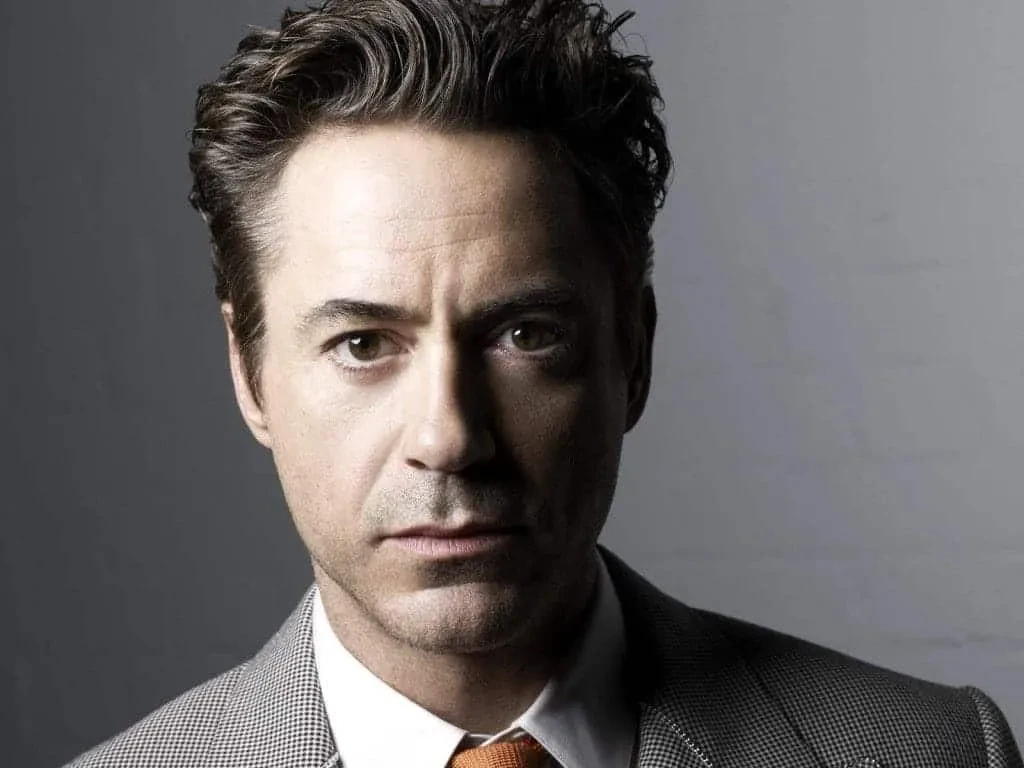Let’s face it, Tony Stark’s image is as iconic as his genius-level intellect and his kick-ass suits. And a big part of that image? His facial hair, or lack thereof, has been a constantly evolving element. He’s gone from perfectly smooth-faced to sporting some serious scruff, and everything in between. This isn’t just a matter of aesthetics; his beard styles often subtly reflect his emotional state and the phase of life he’s going through in the MCU.
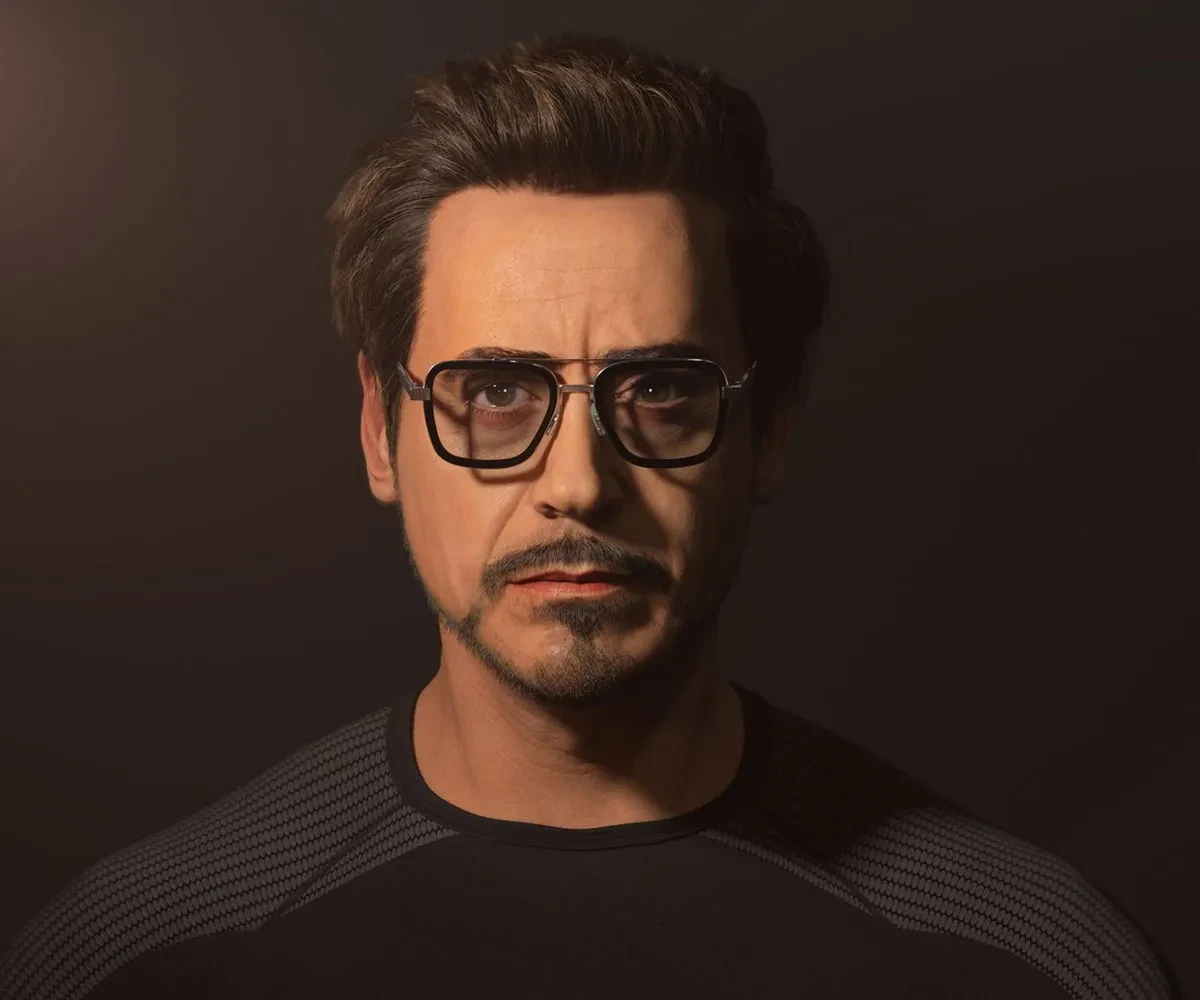
In the early days of the MCU (think Iron Man 1 in 2008), Tony was mostly clean-shaven, reflecting his brash, self-assured, and somewhat arrogant persona. It was a look that complemented his sharp suits and overall polished demeanor. This clean-shaven look signified his confidence and control – a billionaire playboy who had everything under control.
As the MCU progressed, so did Tony’s facial hair. He started to incorporate stubble, a short, subtly textured beard, showing a more mature and slightly rugged side. This shift wasn’t drastic, but it was significant. The stubble gave him a slightly more weathered look, suggesting the toll his experiences – both personal and professional – had begun to take.
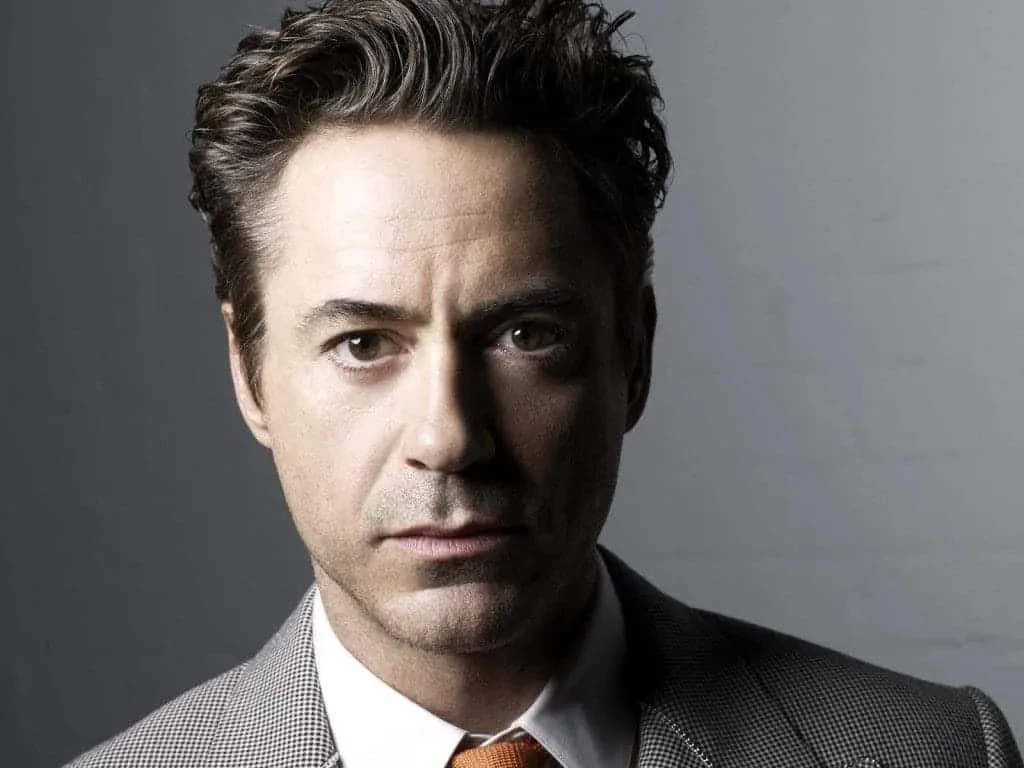
Then, we see variations on the short beard – sometimes neater, sometimes a bit more wild. This reflects the fluctuating nature of his emotional life. Moments of intense pressure and stress often seemed to coincide with a slightly longer, more unkempt beard. It was as if the beard became a visual representation of the burdens he carried.
The length and style of Tony’s beard served as a visual shorthand for viewers to gauge his emotional state. A meticulously groomed beard might signal a period of focused determination, while a more unruly beard might suggest stress or introspection.
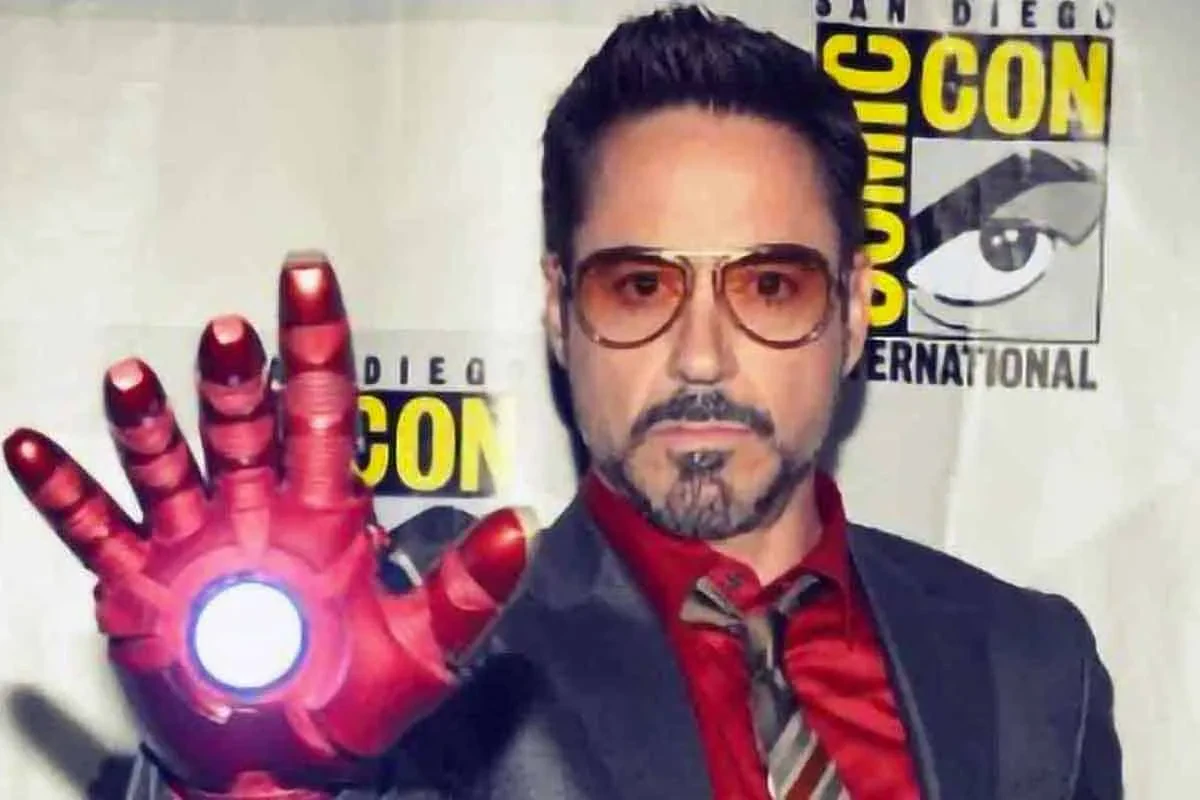
But it wasn’t just about the length. The style also played a role. Sometimes it was neatly trimmed, other times it was a bit more wild and untamed, reflecting his personality and mood swings. Think about the weight of his responsibilities, the constant threat of global annihilation, and his complicated personal life – it’s no wonder his beard sometimes mirrored the internal turmoil he faced.
Interestingly, we rarely saw Tony sporting a full, long beard. This probably speaks volumes about his character. Even when under duress, he maintained a certain level of control and order, and a long, untamed beard might have been seen as a surrender of that control – something completely out of character for Tony Stark.
One thing is certain: Tony Stark’s beard (or lack thereof) wasn’t just an accessory; it was a key element of his visual storytelling. It evolved alongside his character arc, reflecting his growth, struggles, and triumphs throughout the MCU.
Key Takeaways on Tony Stark’s Facial Hair
- Clean-shaven often indicated confidence and control.
- Stubble represented a more mature and rugged side.
- Shorter, more or less groomed beards reflected fluctuating emotional states.
- Length and style changes served as visual shorthand for character development.
- The absence of a full, long beard speaks to his character’s need for control.
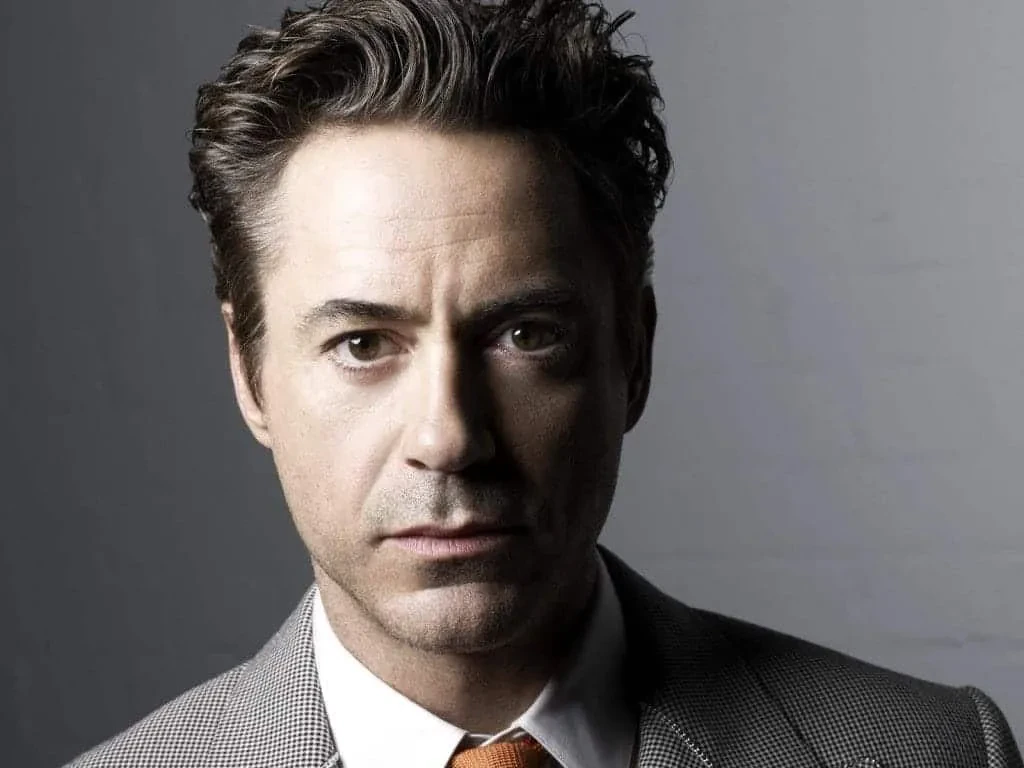
So, the next time you watch an Iron Man movie, pay close attention to Tony Stark’s facial hair. It’s a subtle but significant detail that adds another layer to the already complex and fascinating character.
Ultimately, Tony Stark’s beard journey mirrored his own personal evolution. It’s a testament to the power of subtle details in character development and how even seemingly insignificant aspects like facial hair can contribute significantly to a character’s overall narrative.
The various stages of his facial hair, from clean-shaven to subtly scruffy, perfectly capture the dynamism and emotional complexity of the character, making him even more relatable and compelling.
It’s a small detail, yes, but one that has had a lasting impact on the way fans perceive and remember the iconic Iron Man.
Whether you’re a die-hard Marvel fan or simply appreciate good grooming, studying the evolution of Tony Stark’s beard offers a fascinating insight into both his character arc and the art of visual storytelling in film.
